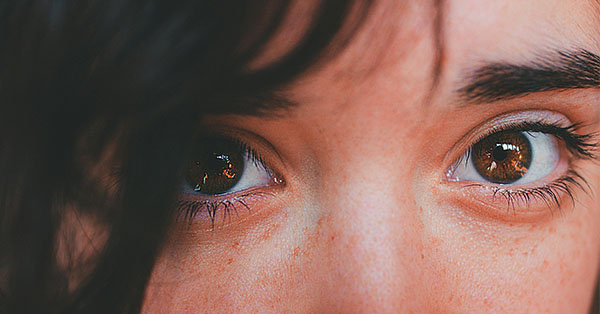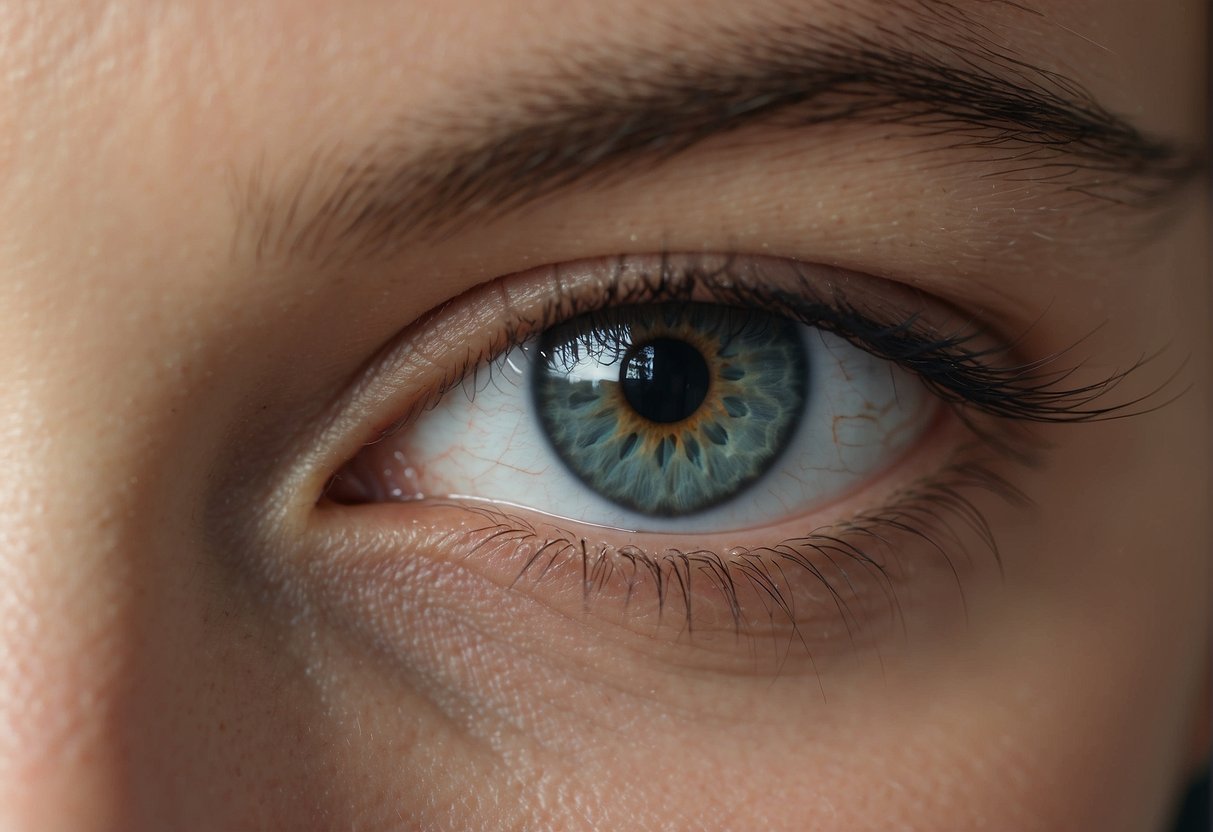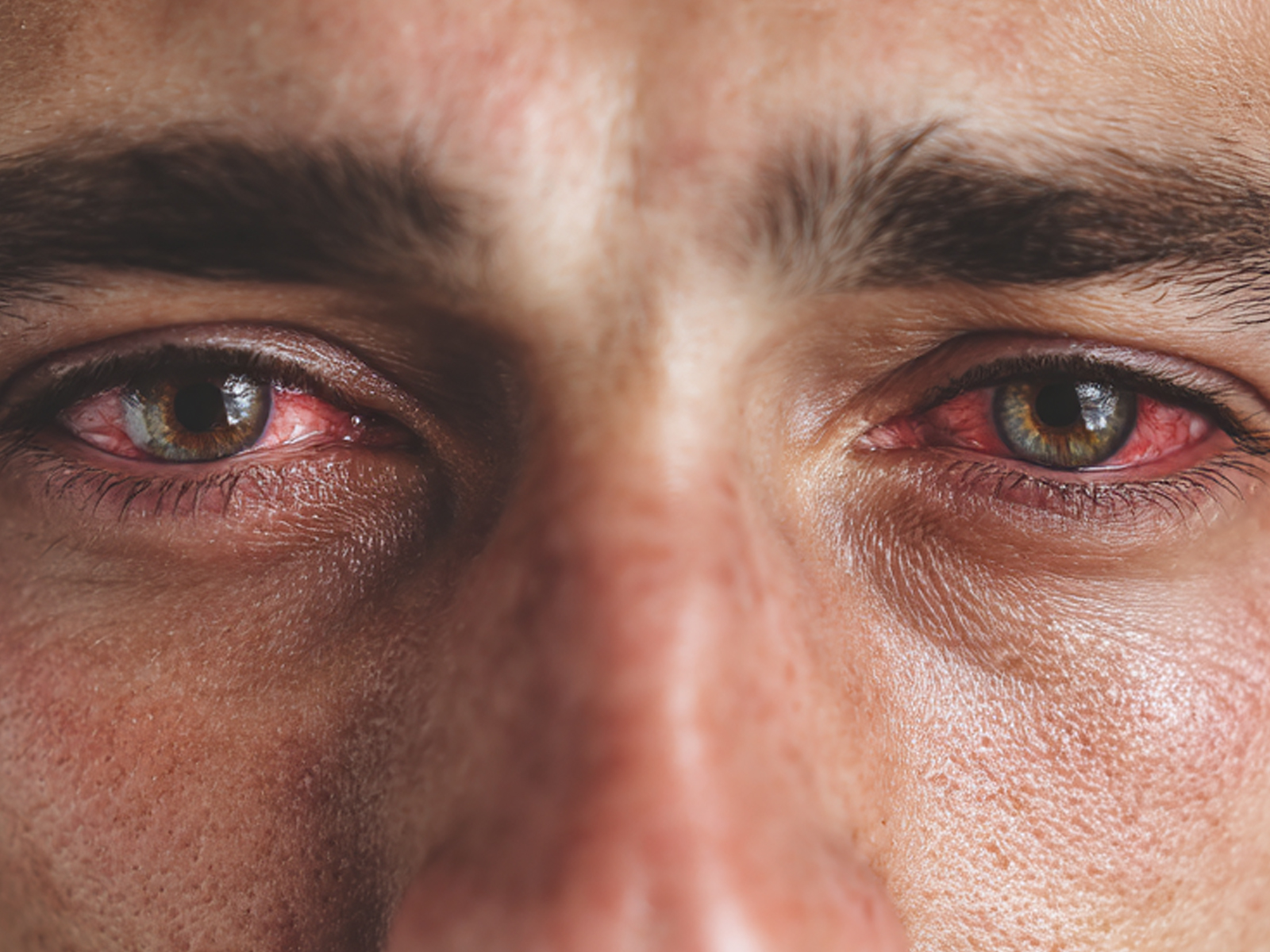
What Glasses Suit My Face? Best Frames for Your Face
February 27,2023

What is Boho Style? A Comprehensive Guide to Boho-Chic Fashion
February 13,2025

Virtual Glasses Try On - Find Your Perfect Pair Online
April 02,2024

UV Protection Glasses VS. Blue Light Glasses - Vooglam
July 20,2023

Newest Style Modern Trendy Mens Glasses | Vooglam
March 01,2024

Stylish Reading Glasses: Blending Fashion with Functionality
February 16,2023

What are photochromic lenses & glasses?
September 22,2023

Brown Eyes: The Beauty of the Most Common Hue
September 01,2024

The chubby face glasses for round face female
August 02,2023

What are prisms in eyeglasses?
March 20,2023

What are Bifocal Lenses? - Vooglam
April 14,2023

How to Read Your Eyeglass Prescription?
March 11,2023
Uveitis: Symptoms, Causes, Diagnosis, Treatment & When to Seek Immediate Help
Uveitis is a serious inflammatory condition that affects the uvea, the middle layer of the eye. This layer contains vital structures such as the iris, ciliary body, and choroid, which are crucial for eye function and vision. When inflammation occurs in this part of the eye, it can lead to discomfort, visual disturbances, and, if left untreated, permanent vision damage. Recognizing uveitis symptoms early and seeking timely medical care is essential to preserving eye health and preventing complications.

Recognizing Uveitis Symptoms
Identifying uveitis symptoms promptly can be challenging because they often mimic other common eye conditions. One of the most noticeable signs is eye redness, which results from inflammation and increased blood flow in the affected area. This redness is usually accompanied by irritation or a gritty feeling, causing discomfort that can persist or worsen over time.
Blurred vision is another common symptom of uveitis, as the inflammation affects the eye's ability to focus light correctly onto the retina. Patients may notice a gradual or sudden decrease in sharpness, making daily tasks like reading or driving difficult.
Eye pain or sensitivity to light (photophobia) is frequently reported. The discomfort can range from mild to severe, and exposure to bright environments may exacerbate the sensation, prompting individuals to squint or shield their eyes.
Another symptom to watch for is the presence of floaters—small dark spots, lines, or cobweb-like shapes that drift across the visual field. These occur when inflammatory cells or debris collect in the vitreous humor, the gel-like substance inside the eye. Although floaters are common in various eye conditions, their appearance, along with other uveitis symptoms, warrants prompt evaluation.
Types of Uveitis and How They Differ
Uveitis is categorized based on which part of the uvea is inflamed, and understanding these types helps guide diagnosis and treatment.
Anterior uveitis is the most common form, affecting the front portion of the uvea, primarily the iris. Symptoms usually include eye redness, pain, and sensitivity to light. It often develops suddenly and can be acute or chronic.
Intermediate uveitis involves the ciliary body and the vitreous humor located in the middle section of the eye. This type can cause floaters and blurred vision without significant redness or pain, making it more difficult to detect early.
Posterior uveitis affects the back part of the eye, including the choroid and retina. Symptoms may include floaters, blurred vision, and sometimes vision loss. Since this area is less visible during routine eye exams, posterior uveitis can be more challenging to diagnose.
Panuveitis occurs when all layers of the uvea are inflamed. This severe form presents with a combination of symptoms from anterior, intermediate, and posterior uveitis and often requires aggressive treatment to prevent permanent damage.

What Causes Uveitis?
The causes of uveitis are diverse and can be broadly divided into autoimmune, infectious, traumatic, and idiopathic categories.
Autoimmune conditions such as rheumatoid arthritis, lupus, and ankylosing spondylitis often trigger uveitis symptoms as part of systemic inflammation. In these cases, the body's immune system mistakenly attacks its eye tissues, leading to inflammation.
Infections are another significant cause. Viruses like herpes simplex or varicella-zoster, bacteria including syphilis and tuberculosis, and parasites can infect the eye or trigger immune responses, resulting in uveitis.
Trauma or injury to the eye, whether from accidents, surgery, or foreign bodies, can cause direct inflammation and lead to uveitis.
In many instances, the exact cause of uveitis remains unknown. These idiopathic cases still require treatment focused on controlling inflammation and protecting vision.
Diagnosing Uveitis: What to Expect
Diagnosing uveitis involves a thorough eye examination by an ophthalmologist, including symptom review and evaluation of the eye structures. The specialist looks for signs of inflammation and pupil abnormalities and assesses the clarity of the vitreous humor.
Imaging techniques such as optical coherence tomography (OCT) and fluorescein angiography help visualize the extent of inflammation and any damage to the retina or choroid. Laboratory tests may be conducted to identify underlying infections or autoimmune diseases contributing to uveitis.
Referral to a specialist is important because uveitis can be complex and requires tailored treatment. Early diagnosis based on uveitis symptoms and comprehensive evaluation improves the likelihood of preserving vision.
Treatment Options for Uveitis
Treatment of uveitis focuses on reducing inflammation, relieving symptoms, and addressing any underlying causes. Prescription eye drops containing corticosteroids are commonly used to control inflammation in the anterior part of the eye. Dilating drops may also be prescribed to relieve pain by relaxing the iris muscles.
Oral medications or injections may be necessary for more severe or posterior forms of uveitis. These can include systemic steroids or immunosuppressive drugs to control widespread inflammation.
When infections cause uveitis, targeted antimicrobial treatments are essential alongside anti-inflammatory therapy.
Managing flare-ups and preventing complications such as glaucoma, cataracts, or vision loss requires ongoing monitoring and adjustment of treatment.
When to Seek Help Immediately?
Certain uveitis symptoms signal an urgent need for medical attention. Sudden vision loss, intense eye pain, or severe redness accompanied by headaches or nausea should prompt immediate evaluation. Rapid progression of symptoms can indicate serious complications that threaten vision.
If you experience abrupt changes in vision or pain unrelieved by over-the-counter remedies, visiting an ophthalmologist without delay is critical.
Conclusion: Stay Vigilant, Act Early
Uveitis is a potentially sight-threatening condition that requires early recognition and prompt treatment. Awareness of uveitis symptoms such as eye redness, blurred vision, pain, and floaters can help individuals seek timely care. Regular eye exams and specialist referrals ensure comprehensive management and monitoring.
Protecting your eyes includes wearing appropriate eyewear that shields against injury and harmful environmental factors. Vooglam offers stylish and protective options to support your eye health.
Taking proactive steps and responding swiftly to symptoms preserves vision and enhances quality of life. If you suspect uveitis or experience persistent eye discomfort, do not delay consulting an eye care professional. Early action makes all the difference.

Vooglam Blog
Vooglam blog shares professional knowledge about eyeglass frames, lenses, etc., and provides help when purchasing and using eyewear products. At the same time, Vooglam focuses on fashion glasses to interpret the trend of glasses for you.

What Kind of Glasses Are Best for Computers? A Complete Guide to Eye Comfort and Digital Clarity
The Problem - Digital Eye Strain (Computer Vision Syndrome)Staring at screens all day shouldn't feel like a workout for your eyes, but here we are. If you're wondering what kind of glasses are best fo
June 05,2025
Contacts vs Glasses: Ultimate Guide to Clearer Vision & Lifestyle Fit
If you don’t have a good vision, you know how tough it can be to choose between contacts and glasses. The debate is constant, but in the end, it boils down to one's vision clarity and the method that
May 31,2025
Grey Eyes: Unveiling the Mysteries of a Rare Eye Color
Diversity of Eye Color People are found with eyes of different colors and hues, which serves as an identity to a person. Tones detected worldwide vary, starting from the very popular brown to bl
May 30,2025
Understanding Pink Eye: What It Is, How to Treat It?
Pink eye—also called conjunctivitis—is something most of us have probably heard of or even experienced at some point. It’s that annoying eye condition that makes your eye look red or pink and feel irr
May 30,2025

































